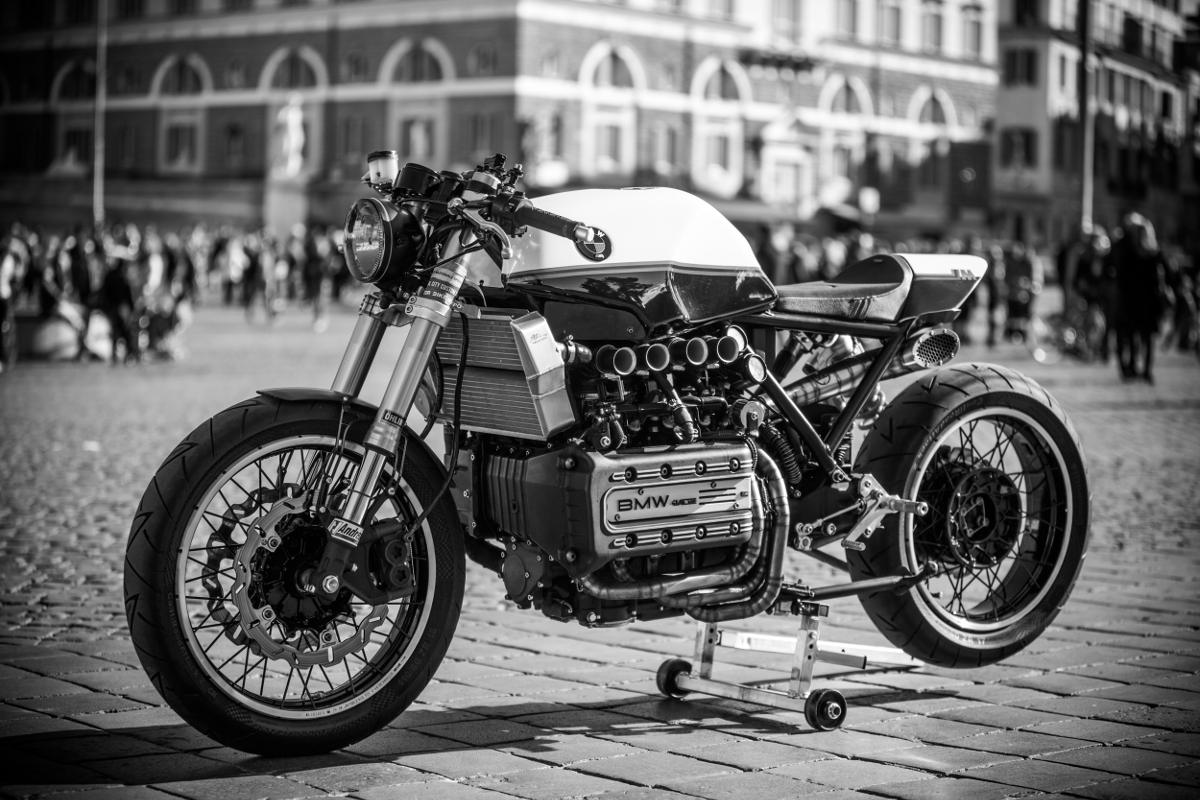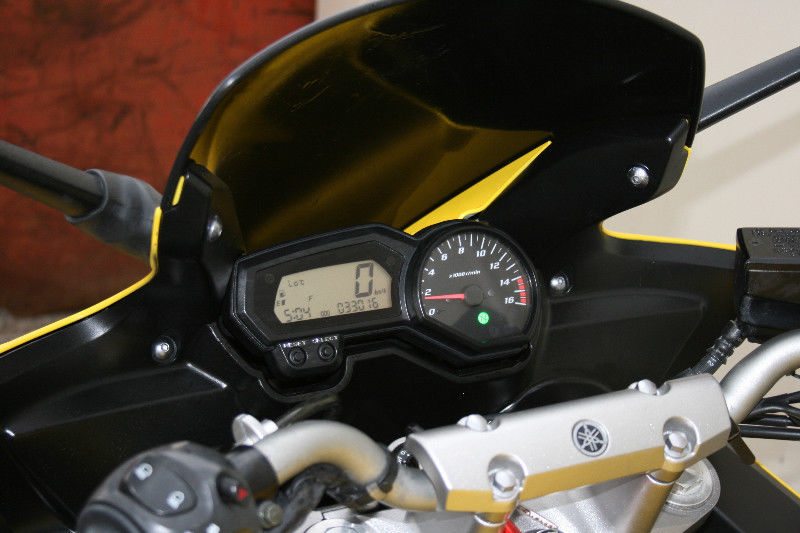Liquid-cooled motorcycles use coolant (also referred to as antifreeze) to keep their engines within safe operating temperatures. This system requires periodic maintenance, especially as your bike accumulates mileage. If your bike is older, or if you recently purchased a higher-mileage used bike, there’s also a good chance that the coolant/cooling system would benefit from a flush/change and inspection.
So let’s talk motorcycle coolant: what it does, what to look for when choosing coolant, what typical safe temperatures are, and how to change/dispose of it.
The Purpose of Coolant
Coolant – aka antifreeze, aka radiator fluid – is used in a liquid-cooled engine to manage heat produced by the engine. Most modern motorcycle engines are liquid cooled, and the same is true of engines made in the last 20 years or so (especially powerful and high-revving engines). Engines get hot, and managing that heat is an important job.
Coolant is pumped throughout the engine, getting hotter as heat transfer from the hot engine into it. Eventually it is pumped through the radiator, which cools the coolant down using air. When the bike is moving, airflow will pass through the radiator fins, exchanging heat and cooling the coolant down so that it can pass through the engine again in another cycle. When stopped, the radiator fan will turn on to circulate air.
Liquid-Cooled Motorcycles Have Some Perks!
Compared to an air-cooled engine, liquid-cooled engines tend to last longer and are capable of higher performance. Liquid-cooled engines are more reliable, as heat management is more predictable, and so parts can be made to higher tolerances and specifications.
It is uncommon to see high-revving air-cooled engines, whereas even entry-level liquid-cooled engines can hit some impressive revs (my ‘07 FZ6 redlines at 14,000 rpm!).
Is Your Motorcycle Liquid Cooled?
Most modern motorcycles are liquid cooled, though some manufacturers – such as Harley Davidson – kept manufacturing air-cooled engines until recently. Chances are that your bike, if it was made within the past 20 years, is liquid-cooled.
Of course, you should verify this by confirming the engine-type for your specific bike.
Coolant Types
There are two main types of coolant: propylene glycol and ethylene glycol. Each coolant is colored so as to be visually distinct- it is important that you don’t mix coolant types.
Choose coolants that are free of nitrates, phosphates, and silicates. These compounds can interfere with efficient heat transfer, impairing the coolants ability to do its job. This is particularly true for older engines, or in bikes that receive infrequent maintenance.
Coolant with nitrates/phosphates/silicates is often used in cars, where they act as corrosion inhibitors. In your bike, those same compounds will eat at your seals. It’s best to avoid them!
To Pre-Mix or Not to Pre-Mix?
You’ll want to mix your coolant with an equal amount of distilled water. An alternative to mixing it yourself is to buy pre-mixed coolant.
Pre-mixed is often more expensive, and part of what you’re paying for is water, but other than that there really isn’t much difference between it and mixing it yourself.
Average Operating Temperatures
When I got my first bike – a ‘99 Ninja 500R – I couldn’t wait to hit the road. The moment I had my motorcycle license, I hopped on and got to riding. Hours later, I stopped to get some gas and noticed my engine temperature sitting at 190F / 88C. I was quite shocked to see the temp gauge so high, but it wasn’t in the red zone.
So I asked myself: how hot should my bike be getting?
Safe Operating Range
For most motorcycles, an operational temperature range of 155F / 68C to 220F / 104C is normal. Living in hotter or colder climates will adjust the range somewhat, as will the condition of your bike and its cooling system.
A good rule of thumb for temperatures:
- Warming Up: Up to 130F / 55C
- Operating Range: 130F / 55C to 220F / 104C
Consult your owners manual for information specific to your bike.
Maintenance
Consult your motorcycle’s owners manual to ensure you put the right coolant in your bike. The information here is generalized and may not be reflective of the specific needs of your bike.
How Often to Change Your Coolant
How often your coolant should be changed depends on how much mileage you put on your bike. Frequent riders should change their coolant annually, whereas seasonal riders can get away with bi-annual changes.
This change frequency is also influenced based on the type of coolant you have. If you are unsure of what type of coolant you have and are unable to identify it via color, flush your coolant system and then refill with a 50/50 mix of motorcycle/powersport coolant and distilled water.
Disposing of Old Radiator Fluid
Old radiator fluid (the coolant/water mix) is toxic and should not be consumed by humans or animals. It also needs to be disposed of properly, as old radiator fluid can harm the environment. Do not dispose of radiator fluid by pouring it down the sink, drain, or sewer.
Check to see if your municipality has coolant recycling facilities or programs. Often, auto shops will take used radiator fluids as they have the means to recycle them.




